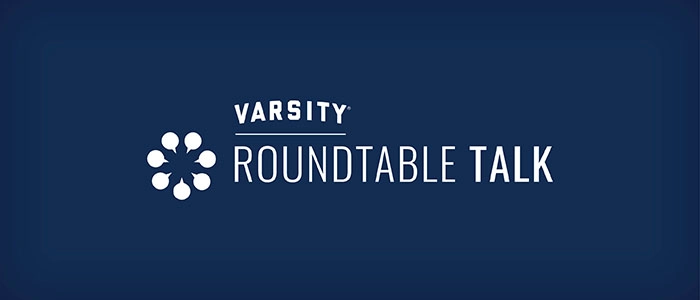This week’s Roundtable featured Howard Braxton, retired SVP of Marketing, Sales and Communications at The Kendal Corporation, who shared invaluable lessons from his decades-long career in senior living. With a blend of strategic insight and heartfelt experience, Howard explored what it really takes to lead, connect and build trust with older adults and their families in an ever-evolving marketplace.
“People want what they want, when they want it, the way they want it. If you can’t provide that, someone else will,” Howard noted. From digital first impressions to the rising importance of lifestyle and proactive education, he offered a candid, forward-thinking look at how providers can stay relevant, responsive and rooted in what today’s consumer values most.
RELATIONSHIPS STILL CLOSE THE DEAL
Senior living isn’t a fast sell. It’s built on trust, time, and personal connection. In a world full of emails and automation, the communities that take the time to truly understand prospects will win.
LIFESTYLE IS THE NEW VALUE PROP
Healthcare isn’t the headline anymore. Today’s prospects walk in focused on lifestyle, amenities, and how the place feels—not clinical care. Sell the experience first, then back it up with support.
DIGITAL FIRST IMPRESSIONS ARE LASTING ONES
Websites and social media are today’s front doors. If your online presence doesn’t shine, you’ll lose leads you never even knew you had. Curb appeal has gone digital.
TECH ISN’T JUST FLASH—IT’S FUNCTION
From operations to outreach, tech boosts efficiency. Whether it’s digital systems or hallway robots, the ROI isn’t just financial—it’s in time saved, staff supported, and resident experience elevated.
DENIAL IS A FORMIDABLE COMPETITOR
Seniors are aging healthier—and delaying care decisions. The key is proactive education: showing prospects why planning early pays off before a health crisis makes the decision for them.
BUILD WHERE THEY ARE, NOT WHERE YOU WANT THEM TO BE
Comfort and familiarity drive decisions. Prospects don’t want to uproot—they want to stay close to what they know. Successful communities are rooted in the neighborhoods people already love.
55+ ISN’T THE END—IT’S THE ON-RAMP
Active adult communities are a powerful feeder—not a competitor. With the right partnerships and presence, they can become your best long-term referral pipeline.
Varsity’s Roundtable is a weekly virtual gathering of senior living marketers and leaders from across the nation. For updates about future weekly Roundtable gatherings, submit your name and email address here.
